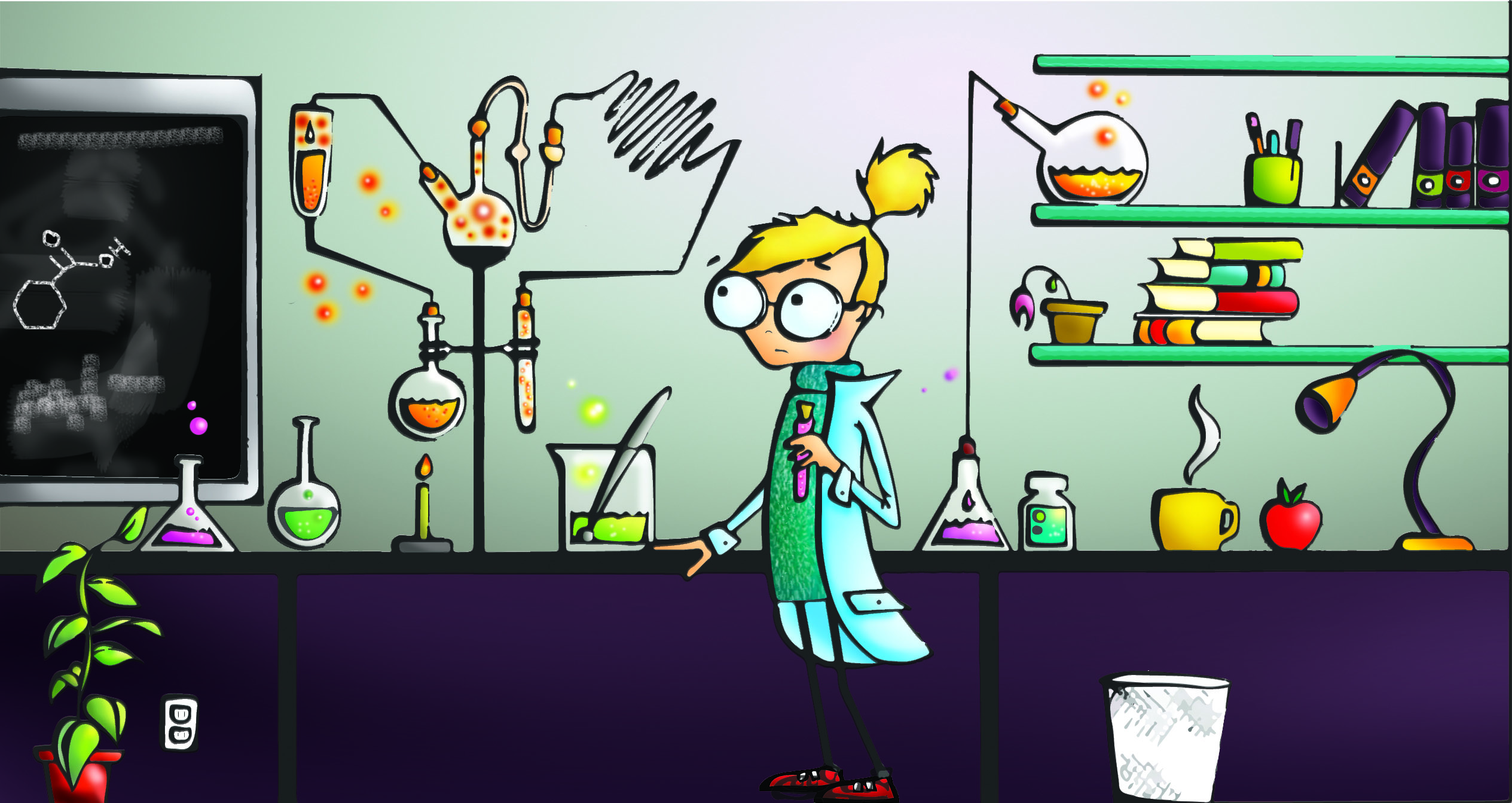According to researchers at the University of California Riverside, the average person spends 52 minutes each day gossiping. At the U of M’s communication and development lab, researchers are uncovering gossip’s many important functions.
Melanie Glenwright, associate professor in the U of M department of psychology, is a developmental psychologist and the lab’s director. Research produced by the lab addresses questions about how people understand the intentions of communication, and how this changes over the course of their lives. Glenwright’s work explores “communication that is rooted in human interaction.”
The lab is currently working on a couple of studies related to gossip comprehension. Glenwright highlighted research being conducted by Caelan Budhoo, a master’s student working at the lab, examining the reasons people gossip.
“There’s some research that shows that people gossip to provide information that’s useful to another person,” Glenwright said. “There’s another theory that suggests that we’re providing that useful information to other people, but the fundamental goal of gossip is to provide information about social norms.”
People may, for example, discuss a student who was caught and reprimanded for plagiarism. This form of gossip, Glenwright explained, helps establish social norms that discourage plagiarism and define what it means to be a good student.
Another study at the lab, conducted by Jordanna Smith for her honours thesis, looked at how participating in gossip affects short-term self-esteem.
Participants were placed into two conditions. In the first, they were asked to “gossip” by talking and providing a few facts about several well-known public figures. In the second, they watched a video on how to complete a Rubik’s Cube. The second task, completed over the same amount of time as the first, was considered boring and non-interactive. Before and after completing their tasks, participants answered a survey on their self-esteem.
“What we saw was actually quite surprising,” Glenwright said. “Jordanna’s results show that that social interaction group, they actually had a short-term boost in self-esteem, it wasn’t a decline.”
“It shows that gossip, even short-term, has some social benefits of increasing self-esteem because the social interaction created by gossip has positive benefits.”
Glenwright also mentioned another study by master’s student Malissa Mailey, which plans to examine “the role of interpretive perspective-taking and gossip appreciation in adolescents and adults.”
She explained that engaging in gossip requires people to co-ordinate many perspectives on the absent third party being discussed.
Those participating in gossip must consider both their own opinion on the third party, as well as their objective for gossiping. People may be aiming to change someone’s opinion of the third party, entertain them or establish a social bond. Those listening must also decide whether they believe the gossip.
“This is really difficult to do,” Glenwright noted. “Perspective-taking goes under considerable development in adolescence. That’s why we’re focusing on comparing teenagers to adults to see how that changes, because we suspect that’s when those big changes are happening.”
Glenwright added that there’s currently no literature covering the role that perspective-taking plays in gossip appreciation in adolescents and adults, making the lab’s research the first on this subject.
Another focus of Glenwright’s research is pro-social teasing. While many are familiar with the concept of anti-social teasing, which occurs with hostile or aggressive intentions, pro-social teasing is less well-known.
“[Prosocial teasing is] meant to foster social interaction and be friendly and playful, as opposed to being mean-spirited,” Glenwright explained.
Glenwright’s work looks at how people understand pro-social teasing throughout their lives. As we move from childhood to adolescence to adulthood, we may interpret the motivations behind prosocial teasing differently.
These are just a few of the many topics being explored at the lab.
“Sarcasm, gossip and teasing tend to have negative reputations in people’s mindsets,” Glenwright said. “Yet, these forms of communication exist because they have positive, beneficial outcomes for humans as communicators.”
She emphasized viewing these devices as fundamentally positive. While parents and teachers often admonish children for using forms of communication like sarcasm, using sarcasm appropriately with children allows them to better understand how people communicate.
Ignoring these forms of communication because of the belief that they are inherently bad, Glenwright explained, does a disservice to research. It is important to understand these devices, as they are ever-present in society.
“My ultimate goal is to advance our understanding of why we communicate and how our communication skills improve with development,” Glenwright said. “I like looking at the cognitive mechanisms that are at play there.”
For Glenwright, the importance of communication is why she became involved with the communication and development lab in the first place.
“I think communication lies at the heart of human survival.”





